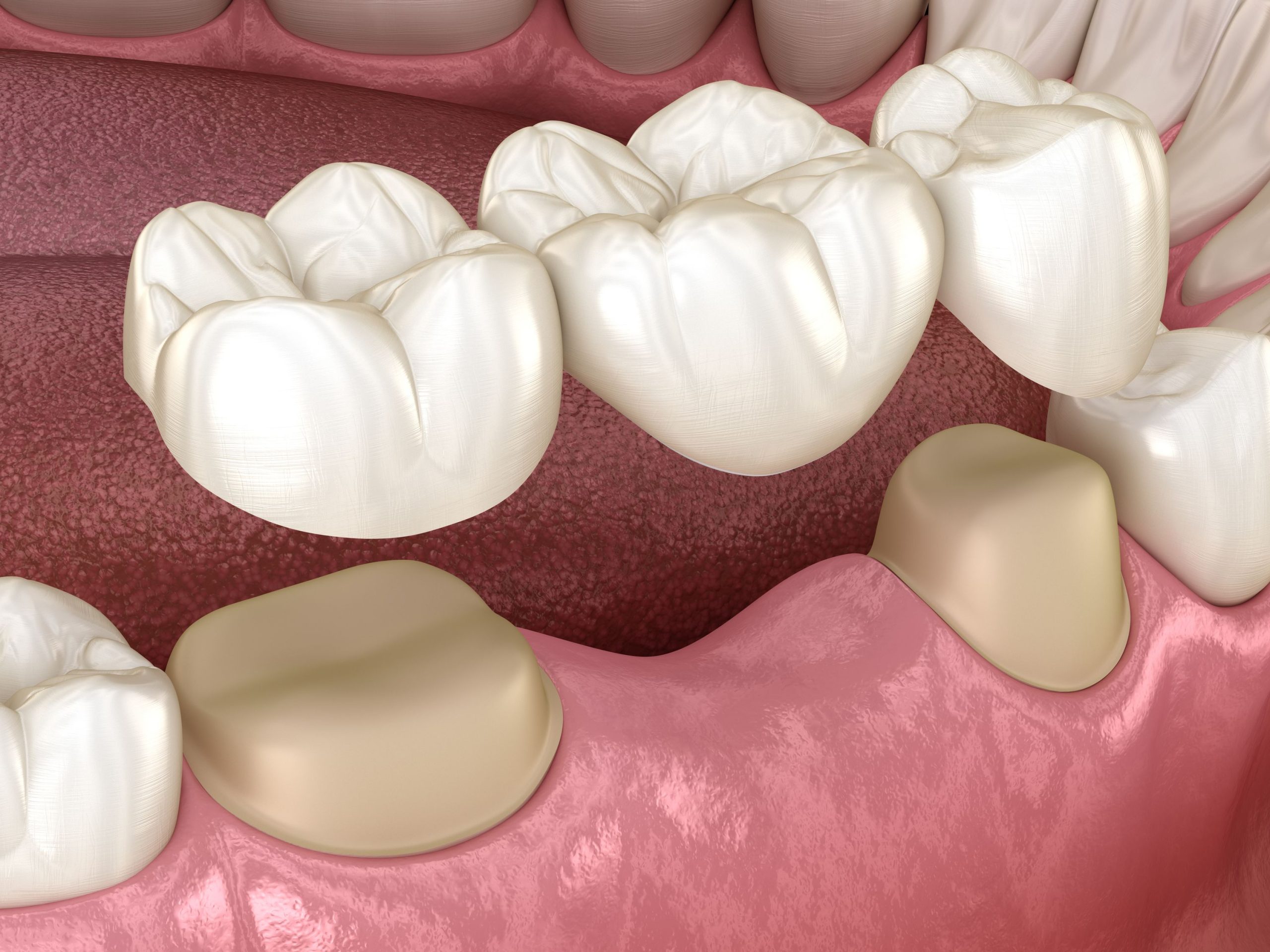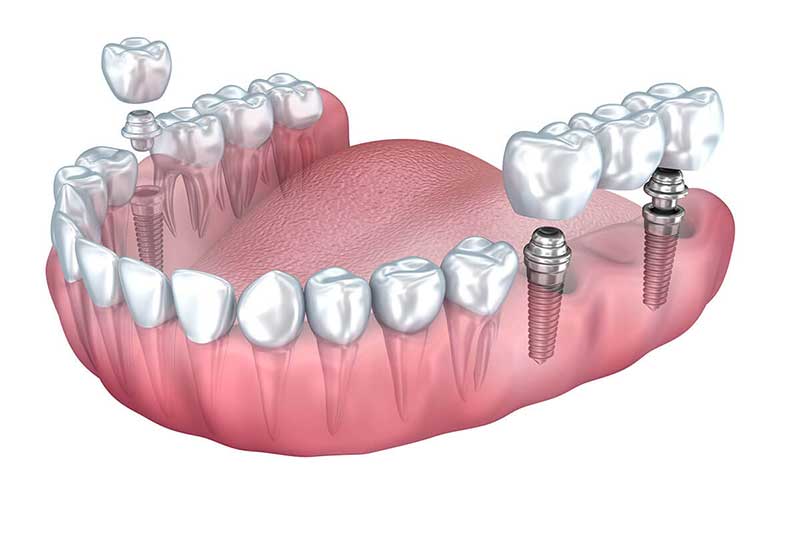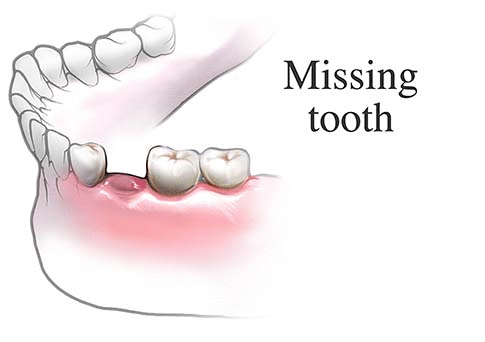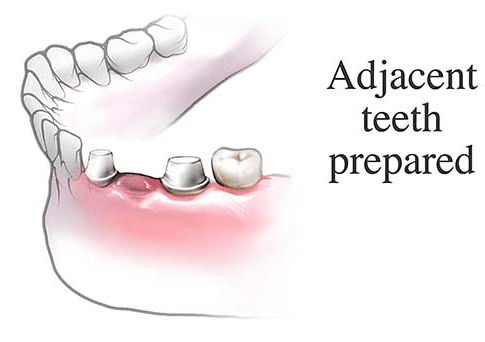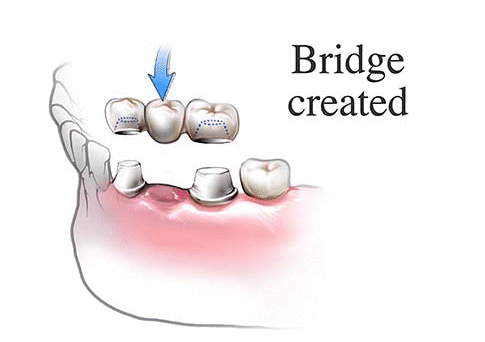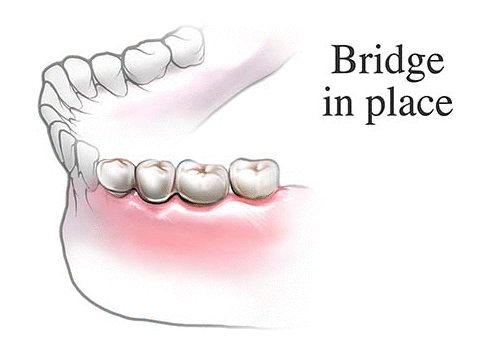A dental bridge is a treatment performed to close the gaps formed between two teeth. In this treatment, two teeth are reduced and the old space is closed. Tooth loss occurs as a result of tooth decay, fracture, and gum-related diseases. Dental bridge treatment is the healthiest procedure that has been used in tooth loss for many years. Oral and dental health is very important for every individual.
Tooth slips caused by a tooth loss also cause aesthetic impairment. Accordingly, it disrupts the teeth and jaw structure of the person and weakens the chewing strength. A person’s own health is important as well as gaining confidence in his social life. The patient to be treated with dental bridge treatment is first examined and X-ray is taken. Then, dental bridge treatment is started according to the number of gaps formed. Prices for dental bridge treatment are given by the dentist after examination.


